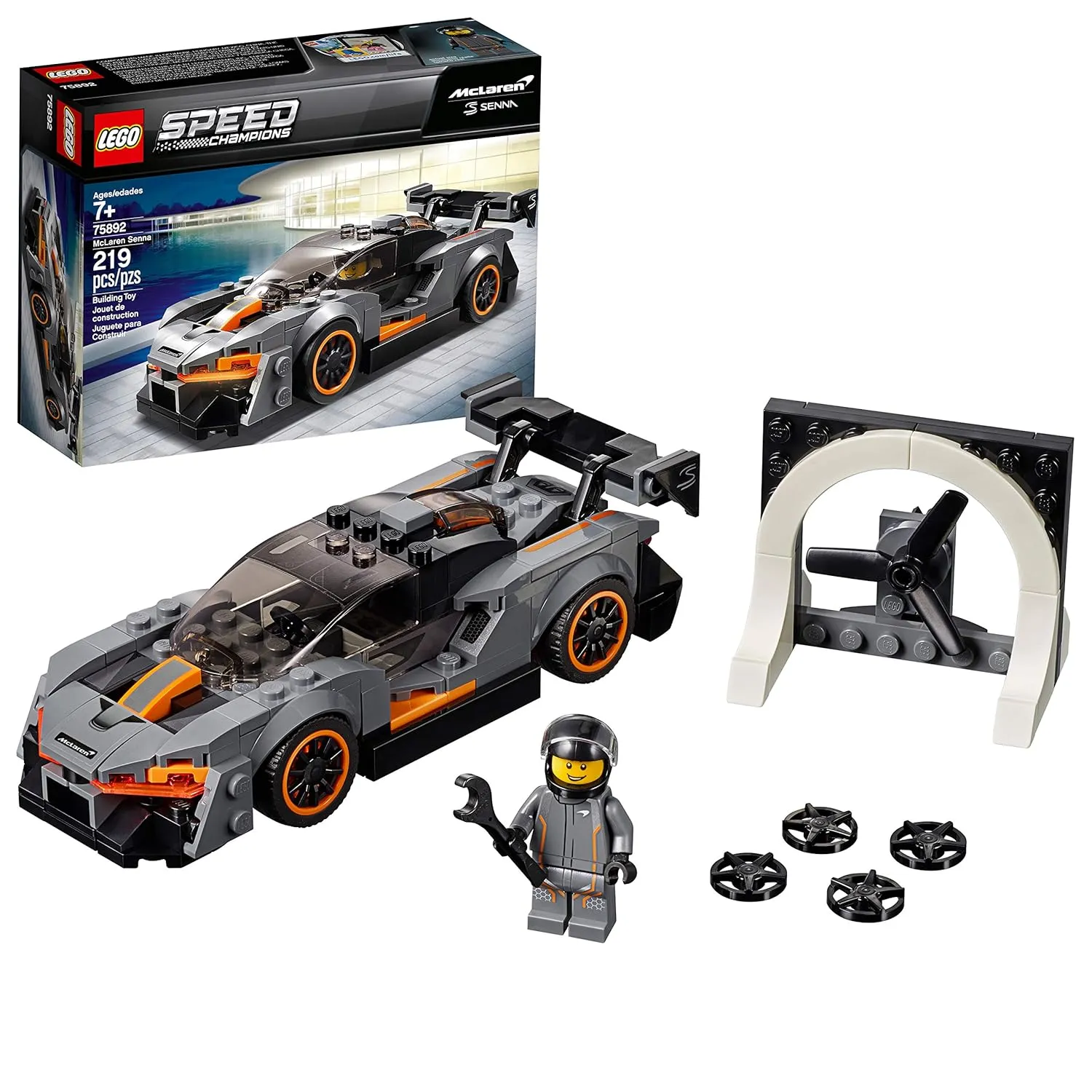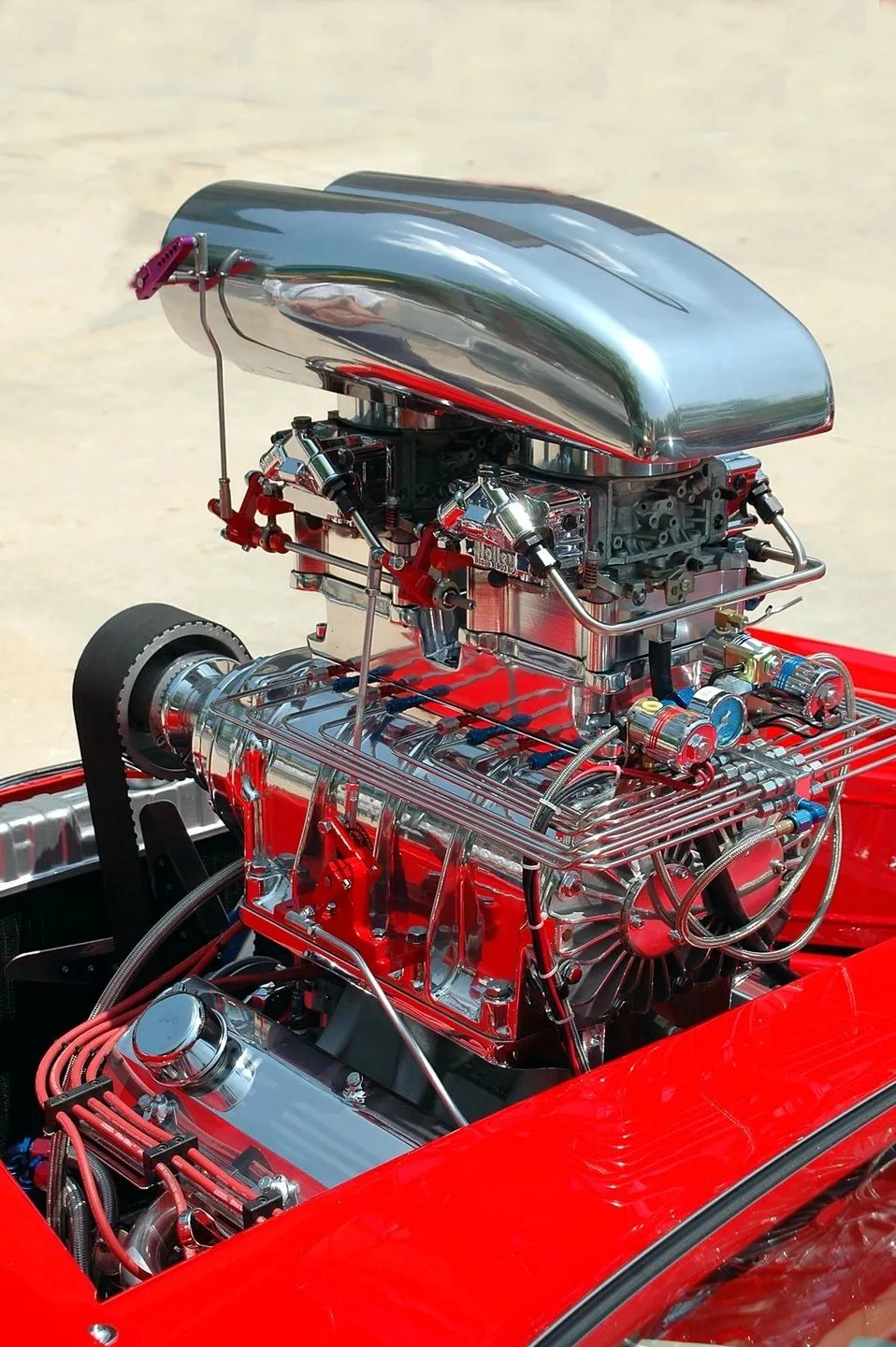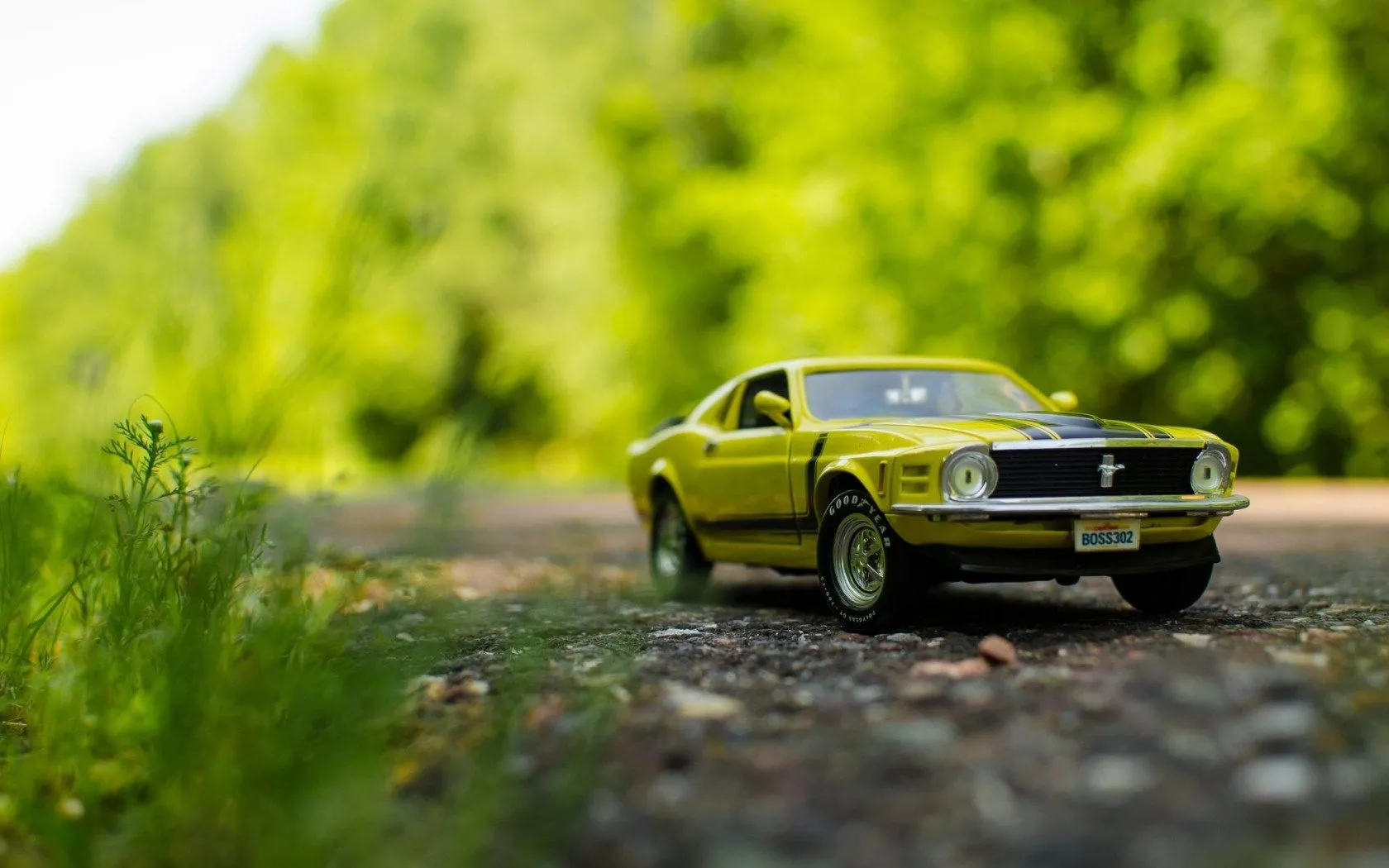Why a Diecast Cars Review is Essential
Embarking on the world of diecast car collecting can be an exciting venture. Before diving in, a thorough diecast cars review is crucial. This review helps enthusiasts, both novices and seasoned collectors, navigate the vast and varied landscape of miniature automobiles. It provides essential insights into what constitutes a high-quality model, what to look for when making a purchase, and how to build a collection that reflects personal taste and investment potential. A well-informed collector makes better choices, appreciates the intricacies of the models more deeply, and avoids common pitfalls. Reviews serve as guides, offering expertise that can transform a casual interest into a rewarding passion. Furthermore, they act as a community resource, fostering shared knowledge and enthusiasm among collectors worldwide.
What are Diecast Cars
Diecast cars are miniature replicas of automobiles, typically made using a die-casting process. This involves injecting molten metal, usually zinc alloy, into a mold to create detailed and accurate models. The process allows for intricate designs and fine detailing, capturing the essence of the real-life vehicles. These models are not just toys; they are collectibles that range in value from a few dollars to thousands, depending on their rarity, detail, and historical significance. Diecast cars offer a tangible connection to automotive history, allowing enthusiasts to own and appreciate iconic vehicles from various eras. Their popularity spans generations, attracting hobbyists who are fascinated by cars, history, and the art of miniature craftsmanship.
Materials and Construction

The quality of a diecast car largely depends on the materials and construction techniques used. The primary material is typically a zinc alloy, chosen for its ability to capture fine details and withstand the die-casting process. High-quality models often feature intricate detailing, with elements such as opening doors, hoods, and trunks, along with realistic interiors and exteriors. Paint quality is another crucial factor, as it affects the model’s appearance and durability. Premium models use multiple layers of paint and clear coats to achieve a glossy finish that replicates the look of a real car. The construction process involves assembling numerous parts, from the body and chassis to the wheels, tires, and interior components. Precise assembly is essential to ensure the model looks authentic and functions correctly. (Image: diecast-car-materials)
Scales and Sizes of Diecast Cars
Diecast cars come in various scales, with the most popular being 1:18, 1:24, and 1:43. These scales represent the ratio between the model’s size and the actual car’s size. For instance, a 1:18 scale model is 1/18th the size of the real vehicle. The scale influences the level of detail and the overall size of the model. Larger scales, such as 1:18, allow for greater detail, while smaller scales, like 1:43, are more compact and easier to display in larger collections. The choice of scale often depends on personal preference, available display space, and the desired level of detail. Collectors may specialize in a specific scale or collect models from various scales to diversify their collection. (Image: diecast-car-scales)
Popular Diecast Car Scales
1:18 scale models are highly detailed and popular, perfect for showcasing intricate features. 1:24 scale models offer a balance of detail and size, ideal for collectors with limited space. 1:43 scale models are compact and suitable for large collections, allowing for a wide variety of vehicles. Other scales, such as 1:64 and 1:12, also exist, catering to different preferences and display needs. Each scale provides a unique perspective on the automotive world, allowing collectors to curate collections that reflect their specific interests and display constraints.
Different Types of Diecast Cars

Diecast cars encompass a diverse range of vehicle types, from classic cars and modern sports cars to trucks, SUVs, and even military vehicles. The variety ensures there is something for every collector, regardless of their automotive interests. Each type of diecast car offers a unique appeal, whether it’s the nostalgia of vintage models, the sleek design of modern vehicles, or the ruggedness of trucks and SUVs. Exploring the different types of diecast cars allows collectors to broaden their knowledge of automotive history and design, while building collections that are personally meaningful and visually interesting. (Image: diecast-car-types)
Cars, Trucks, and SUVs
Classic cars evoke nostalgia and represent the golden age of automotive design. Modern sports cars showcase cutting-edge technology and sleek aesthetics, appealing to speed enthusiasts. Trucks and SUVs reflect the evolution of utility vehicles and offer a different collecting perspective. Each category provides a unique opportunity to explore the history and innovation of the automotive industry. Collectors can choose to specialize in one type or diversify their collection to encompass various vehicles, reflecting their broad interests in the world of cars.
Vintage and Classic Models
Vintage and classic diecast cars often hold significant historical value, representing iconic vehicles from the past. These models are highly sought after by collectors who appreciate the craftsmanship and design of bygone eras. The detail of these models can be exquisite, with manufacturers going to great lengths to recreate the original vehicles accurately. Collecting vintage and classic models provides a connection to automotive history and can be a rewarding investment for enthusiasts. These models can be particularly valuable, so proper care and research are essential when building this part of a collection.
Modern and Contemporary Models

Modern and contemporary diecast cars reflect current automotive trends, featuring cutting-edge designs and technologies. Collectors of these models often seek to own miniature versions of their favorite sports cars, luxury vehicles, or concept cars. These models often incorporate innovative features and materials, reflecting the advancements in automotive design and engineering. The popularity of modern models continues to grow, attracting new collectors and providing opportunities for enthusiasts to stay current with the latest trends in the automotive industry.
Factors to Consider When Choosing Diecast Cars
When selecting diecast cars to collect, several factors come into play. Detailing and accuracy are paramount, as they determine the model’s realism and value. Brand reputation and quality indicate the model’s craftsmanship and durability. Rarity and collectibility add to the investment potential and uniqueness of the model. By carefully considering these factors, collectors can make informed decisions and build collections that are both satisfying and potentially valuable. Prioritizing these elements ensures the models reflect personal interests and appreciation for miniature automotive artistry.
Detailing and Accuracy
Detailing and accuracy are critical aspects of a high-quality diecast car. Collectors look for models with realistic features, such as detailed engine compartments, accurate interiors, and precise paint finishes. The level of detail can vary greatly, with some models featuring working parts like opening doors and steering wheels. Accuracy in the model’s proportions and design is crucial, ensuring it closely resembles the real-life vehicle. Models with exceptional detailing and accuracy are highly valued, as they represent the pinnacle of miniature automotive craftsmanship. (Image: diecast-car-detailing)
Brand Reputation and Quality

Brand reputation plays a significant role in determining the quality of a diecast car. Established brands are known for their craftsmanship, attention to detail, and use of high-quality materials. Collectors often favor models from reputable brands, such as Minichamps, Autoart, and CMC, which consistently produce exceptional replicas. Checking reviews and comparing different brands can help collectors identify the best options. Investing in models from respected brands ensures a higher level of quality, durability, and overall satisfaction.
Rarity and Collectibility
Rarity and collectibility significantly influence the value of a diecast car. Limited-edition models or those produced in small quantities are generally more valuable. Certain models may become highly sought after due to their historical significance, unique features, or association with a particular event. Researching the production numbers and historical context of a model can help determine its collectibility. Building a collection with rare and desirable models can increase the investment potential and provide a sense of accomplishment for serious collectors.
Where to Buy Diecast Cars
Diecast cars can be purchased from a variety of sources, each offering unique advantages. Online retailers provide a wide selection and convenience, while specialty shops offer expert advice and a personalized experience. Understanding the different purchasing options allows collectors to find the best deals and build their collections efficiently.
Online Retailers and Marketplaces

Online retailers and marketplaces offer a vast selection of diecast cars, making it easy to find rare or specific models. Popular online platforms such as Amazon, eBay, and dedicated diecast car websites provide convenient shopping experiences. Collectors can compare prices, read reviews, and often find competitive deals. However, it’s essential to verify the seller’s reputation and the model’s condition before making a purchase. Checking for return policies and ensuring secure payment methods are also recommended.
Specialty Shops and Hobby Stores
Specialty shops and hobby stores provide a more personalized experience, allowing collectors to see the models in person and receive expert advice. These stores often stock a curated selection of high-quality diecast cars, catering to specific interests. Visiting specialty shops allows collectors to connect with other enthusiasts and gain insights into the hobby. The knowledgeable staff can provide valuable information about different models, brands, and collecting strategies. The ability to examine the models closely and discuss their features makes specialty shops a valuable resource for diecast car collectors.
Tips for Collecting Diecast Cars
Building a diecast car collection is a rewarding hobby, but it requires some planning and care. Establishing a budget, researching models, and networking with other collectors are essential. By following these tips, enthusiasts can enjoy a fulfilling collecting experience.
Displaying Your Collection

Displaying your diecast car collection is an important part of the hobby, allowing you to showcase your models and protect them from damage. Consider using display cases, shelves, or dedicated display cabinets. Proper lighting can enhance the appearance of your collection. Arrange your models thematically or by brand to create visual appeal. Regularly cleaning and maintaining your display area will help preserve the quality of your models. The display area should be in a place where they are not exposed to direct sunlight. (Image: diecast-car-display)
Storing and Protecting Your Models
Proper storage is essential to protect your diecast cars from damage. Keep your models in a cool, dry place away from direct sunlight and extreme temperatures. Consider using protective cases or boxes to prevent dust and scratches. Avoid storing your models in attics or basements, where humidity and temperature fluctuations can cause damage. Regular cleaning and maintenance can keep your models in excellent condition for years to come.
The Future of Diecast Cars
The future of diecast cars looks promising, with continued innovation in design and materials. Collectors can anticipate new models, technologies, and features that will enhance the collecting experience. The hobby is likely to evolve, with digital technologies and online communities playing a greater role. The enduring popularity of diecast cars suggests that the passion for collecting miniature automobiles will continue to thrive. (Image: diecast-car-future)
